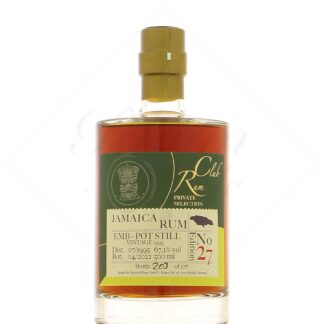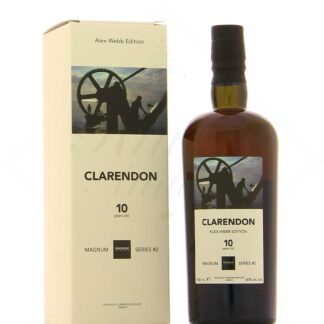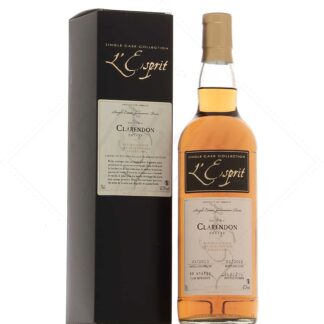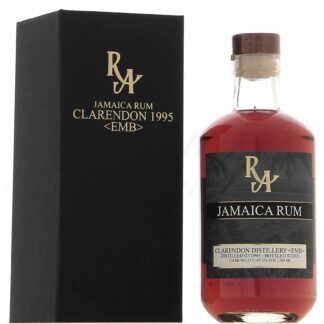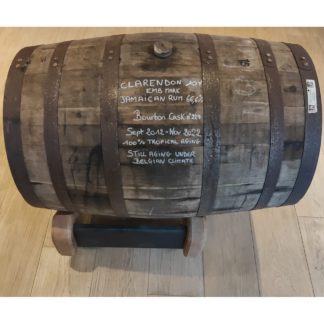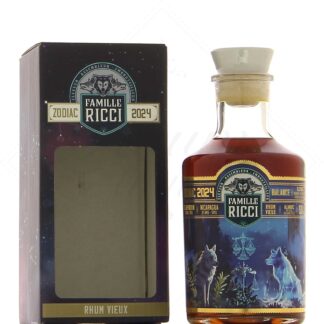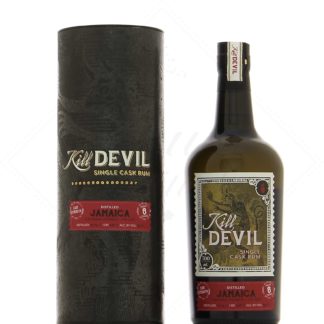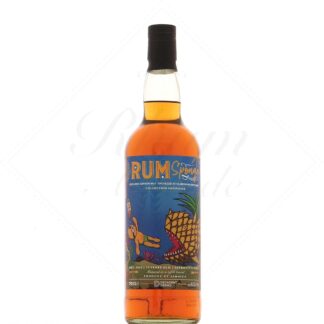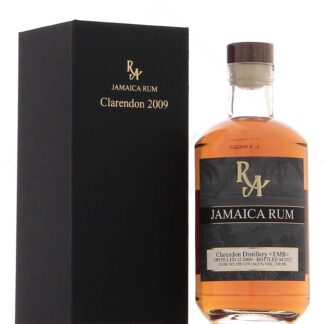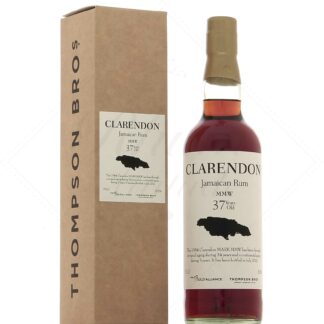Clarendon

The history of Clarendon
The Clarendon distillery is a major player in Jamaican rum, located in the south of the island. Its history began with the Monymusk Sugar Estate, a sugar estate dating back to the 18th century. Few written records of the estate's life have survived. The first takes a great leap forward in time, with the acquisition of the distillery by the Lindo brothers in 1916.
In 1928, the estate was renamed Clarendon Plantation Ltd, then acquired by the United Fruit Company in 1929. The following years saw a number of administrative changes. In 1936, the Jamaica Sugar Manufacturing Company and Clarendon Plantation Limited took over operations. In 1937, this entity was renamed West Indies Sugar Company.
In 1976, the estate became part of the state-run Sugar Corporation of Jamaica. The Clarendon distillery was separated from the sugar estate in 1980, when a new entity was created that still exists today: National Rums of Jamaica. In 2006, part of NRJ was sold to Diageo, the major spirits group and Clarendon distillery's main customer, which also owns the Captain Morgan and Myers's brands.
In 2012, for the first time in its long history, Clarendon bottled some of its rums under its own brand: Monymusk.
In 2017, Maison Ferrand(Plantation Rum, Citadelle...) acquired a one-third stake in NRJ in addition to the WIRD distillery in Barbados. This means it is now involved in the Clarendon distilleries, as well as Long Pond and Innswood, a distillery closed in 1992 and now used as an aging and bottling site. Today, National Rums of Jamaica Ltd owns 73% of the distillery, the remainder being owned by the Diageo group.
Rum production at the Clarendon distillery
The distillery as we know it today was built in 1949. It produces molasses rums, partly sourced from the Monymusk sugar refinery. It is capable of producing a wide range of rums, from the lightest to the heaviest. A system of "marks" inherited from the colonial era distinguishes the different rums according to their concentration in aromatic molecules:
Clarendon marks
These concentrations are expressed in mass of esters per hectoliter of pure alcohol (g/hlap).
Very light column-distilled rums. Each mark has a different aromatic profile. These rums are designed for large-volume blends or liqueurs:
MBS – MLT – MLL – CRV-M – MSR <10 g/hlap
Pot-still light rums:
MSP 60-70 g/hlap
MBK - AH 70-70 g/hlap
MTR 95-100 g/hlap
MPG - CHP 110-125 g/hlap
MDR 145-150 g/hlap
Intermediate rums (wedderburn) distilled in pot-still :
EMB 240-250 g/hlap
MMW 290-300 g/hlap
Pot-still heavy rums:
MLC 450-550 g/hlap
Fermentation at Clarendon
For column-distilled rums, fermentation is short and temperature-controlled in stainless steel tanks. The must to be distilled has an alcohol content of around 6-7%. It is then sent to a state-of-the-art quadruple column, installed in 2009, from which a 94% alcohol rum is distilled. Production capacity is now 12 million liters of pure alcohol a year.
For pot-still rums, three fermentation profiles in wooden vats are used. A special room is reserved for them, on the premises of the old 1949 distillery.
In the case of light rums, a sort of "pied de cuve" is developed for 72 hours, during which the yeasts propagate. This is followed by a 24-hour fermentation to produce an 8% must. For intermediate rums, fermentation is both spontaneous and controlled, with cane leaves carrying their own bacteria and yeast, left in contact with the added yeast. Fermentation lasts 7 to 10 days.
Heavy rums undergo a unique fermentation process lasting up to a month. Molasses diluted with water is supplemented with bagasse, cane juice and cane acid (cane-juice vinegar), resulting in a wort that is lower in alcohol (4%), but particularly aromatic. No dunder is used for fermentation. After decanting, it is poured into the cane fields, where it makes excellent fertilizer.
Distillation side
Clarendon boasts some of the largest double-twisted pot stills in the Caribbean region. These include an old Vendome (Kentucky) still, as well as a newer one installed at the same time as the column, in 2009. The rums produced are around 85% alcohol, and the capacity of this unit is 3 million liters of pure alcohol per year.
Clarendon rums
Monymusk rums, which represent a tiny fraction of production, are blends of column and pot still rums. Aging and blending take place at the Innswood site.
The Monymusk range begins with a coconut-flavored Whispering Breeze Coconut, followed by a typically Jamaican overproof. Two amber rums are also on the program, the Special and the Classic. Finally, the Monymusk Special Reserve, a rich blend of old "heavy rums", is the brand's flagship.
Most of the distilled rum is supplied in bulk to Diageo, with a small quantity sent to European brokers. As a result, independent bottlers have shown interest in the distillery on several occasions. A notable bottling was a very old Clarendon 1984 from The Auld Alliance. A very interesting experiment was also conducted by Velier and E&A Scheer (the famous Dutch broker), with the same rum aged in the tropics and in Europe. Read less
